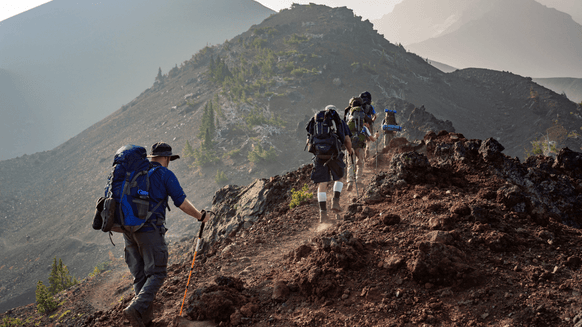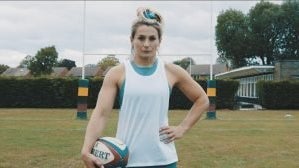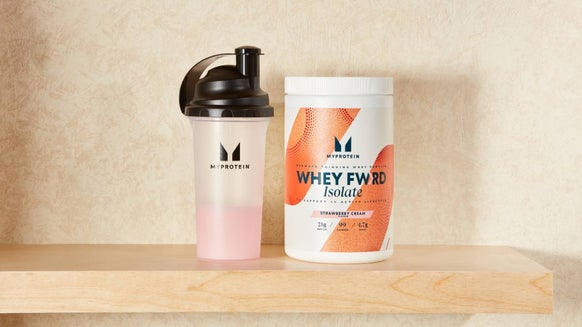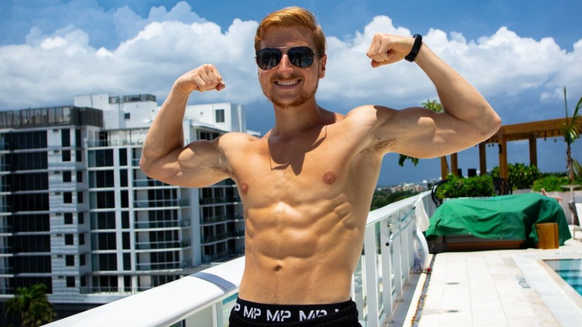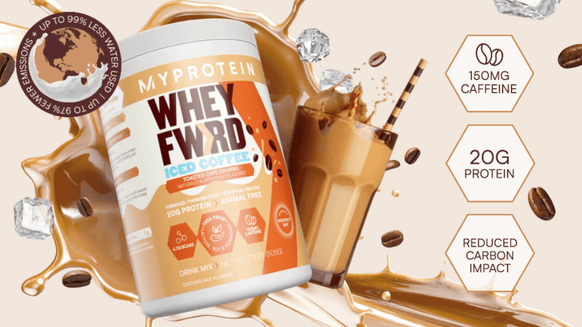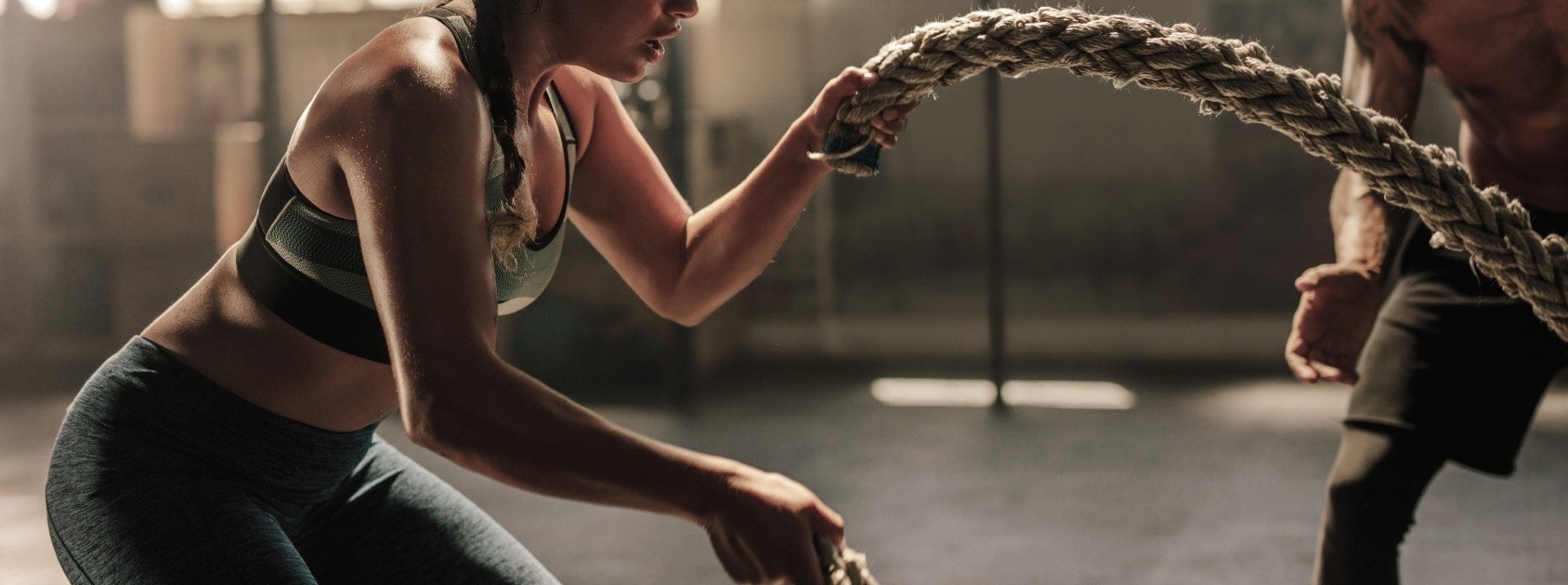
Delayed Onset Muscle Soreness (DOMS) is the pain felt in muscles typically 24-72 hours post-workout. DOMS is caused by acute muscle damage. It’s usually caused when the body is exposed to a new stimulus – for instance, introducing a new movement into your resistance training routine or drastically increasing your workout volume.
What is DOMS?
DOMS is a sensation of pain and tightness localised in the muscle groups that have previously been exercised through resistance training. This sensation is not a direct result of muscle damage, but it is from the inflammatory healing process that occurs within the muscles to repair the exercise induced muscle damage. Typically, if more muscle damage occurs (i.e., through high training volume or intensity), then we can expect a more significant sensation of DOMS to occur.
How to get rid of DOMS: Our Top 9 Tips
We can prevent DOMS by introducing new movements at a low volume and build up over time (most people tend to get soreness in their first week or two, but rarely get sore after that as they progress). Eventually, we will adapt to this training volume and DOMS will become less and less prevalent as a consequence of our training. Below, we have outlined some ways that you can speed up the recovery process and reduce the severity of your DOMS.
Nutrition
Some researchers have found that ingesting caffeine, omega-3 fatty acids, taurine or polyphenols can have a positive effect on reducing the prevalence of DOMS, although these claims remain disputed. There is also some evidence to suggest that consuming magnesium-rich foods can also help to mitigate the effects of DOMS. What we do know for certain, is that sufficient proteinintake is vital for the efficient and effective repair of muscle tissue. Recommendations for protein intake range from 1.2g to 2.2g per kilogram of body mass, depending on your activity levels.
Sleep
During deep sleep, hormones such as Growth Hormone are released in the body. These hormones, along with other homeostatic processes help damaged tissues to be repaired and enhanced (i.e., microtears in muscle fibres are repaired to be even larger and stronger than before). Without sufficient sleep, it's unlikely that you will effectively recover from your training, and thus you will be negating the positive training adaptations that we strive for!
Foam Rolling
Foam rolling offers a cost-effective way to massage yourself. While the science surrounding the benefits of foam rolling remains ambiguous, since it is difficult to determine whether any physiological changes can be induced by this approach, it can still have a noticeable effect on pain and stiffness for many people. If foam rolling helps to reduce sensations of pain and tightness as a result of DOMS for you, then it certainly remains to be a valuable tool for your recovery.
Rest Days
Unsurprisingly, it's important to allow your body time to recover from strenuous training. Effective recovery from training allows for something known as supercompensation to occur. This is the period following effective recovery, where a positive training adaptation has occurred and thus, we are stronger (or whatever the training adaptation you have trained for is). If we do not allow time for effective recovery, then supercompensation will not occur as muscles are not effectively repaired and DOMS will remain present for longer as inflammatory healing processes remain ongoing.
Hydration
Staying well hydrated can help our body to continue removing and transporting waste products efficiently. While the current literature does not support that hydration will alleviate DOMS quicker, there's evidence to suggest that the symptoms of DOMS (pain and tightness) can be mitigated.
Increase Circulation
Increasing blood circulation can help to efficiently remove cellular waste and increase the delivery of essential nutrients to the cells that need them. This can be achieved by remaining lightly active (i.e., walking) post exercise. Ultimately, this can help to speed up the recovery process, meaning DOMS will be experienced for a shorter period of time.
Get a Massage
Similar to foam rolling, this can help to alleviate the symptoms of DOMS temporarily, reducing pain and soreness. Additionally, heat and blood flow will be increased, so increased circulation will also be achieved.
Using Ice or Heat
Using ice will reduce the symptoms of DOMS by causing vasoconstriction, thus limiting blood flow and inflammation. While this can be effective at managing the pain associated with DOMS, it will not speed up the recovery process. Using heat, however, will increase blood flow and inflammatory processes, helping to mobilise joints and increase the rate of recovery, although this method may not help with pain.
Anti-Inflammatory Drugs
Otherwise known as NSAIDs (Non-Steroidal Anti-Inflammatory Drugs) such as Ibuprofen, this works by limiting inflammation and thus sensations of pain are mitigated. This does, however, limit the inflammatory healing response and thus training adaptations may also be mitigated.
DOMS Frequently Asked Questions
How long does DOMS last?
Depending on the severity of your DOMS and how you implement recovery strategies, DOMS typically lasts between 3-5 days, although it can last longer if you do not manage your recovery well.
Is ibuprofen good for DOMS?
As discussed, NSAIDs can help to reduce the negative sensations associated with DOMS such as pain and stiffness, although this is not necessarily a good thing. NAIDs work by limiting inflammation, and thus positive training adaptations can often be mitigated too.
Can you take painkillers for DOMS?
Absolutely! Painkillers such as paracetamol will not interfere with the inflammatory healing process but can certainly help to reduce sensations of pain.
Can I work out if I have DOMS?
You can, but we would recommend avoiding strenuous exercise for the muscles experiencing DOMS, as they are still being repaired. Exercising other muscle groups is a good way to keep training and adapting, whilst also promoting blood flow to recovering muscle groups.
Take Home Message
DOMS is the soreness that you feel for 2-3 days post workout possibly caused by muscle damage. New movements, increased workout volume and eccentric movements typically cause more DOMS. Reducing inflammation in the sore area via the use of ice or NSAIDs can reduce pain but should not be long term methods of dealing with DOMS.
READ MORE HERE:

